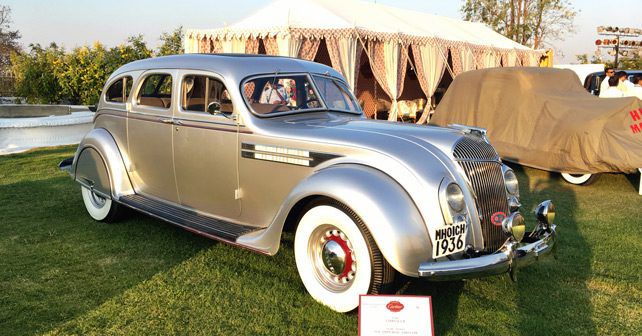
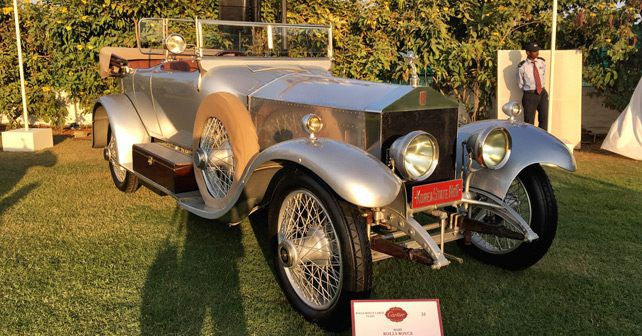
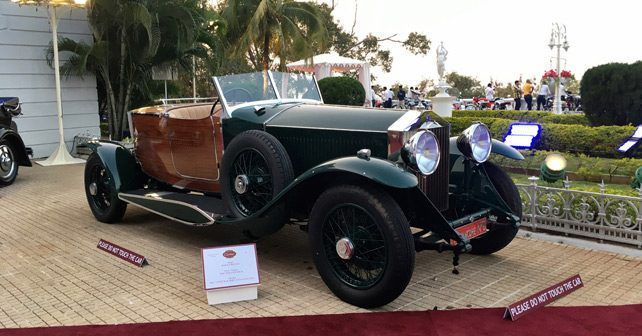
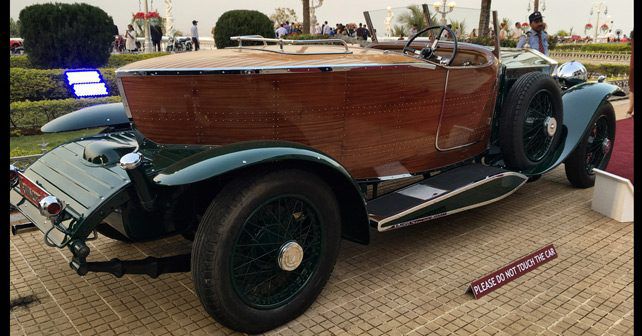
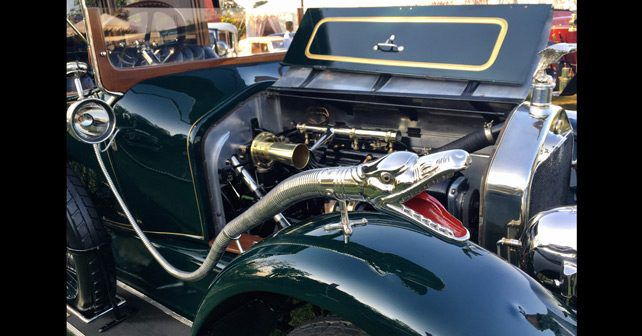
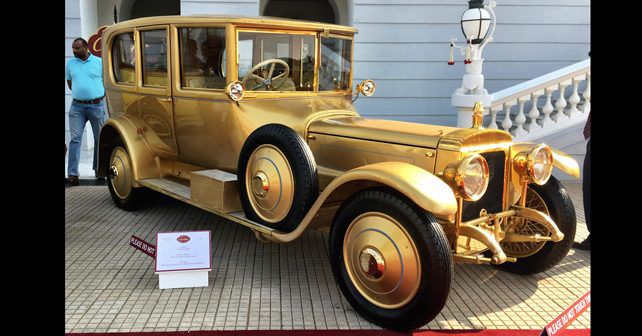

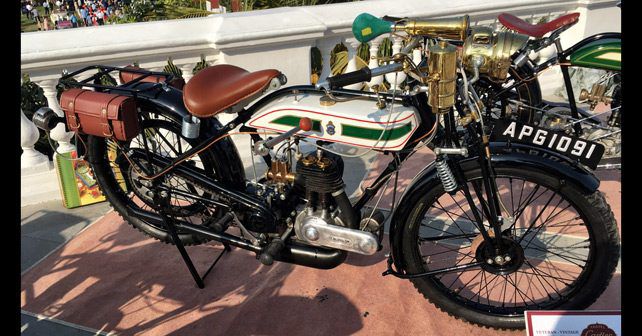
Cartier takes the initiative to provide an insight into the world of the rich and mighty and how they travelled in style during the days of the Raj. We take a glimpse into the world of when travelling was glamorous and vehicles
Cartier takes the initiative to provide an insight into the world of the rich and mighty and how they travelled in style during the days of the Raj. We take a glimpse into the world of when travelling was glamorous and vehicles were custom-built to individual whims and fancies.
History can be a wonderful thing, and a thing of amazement for those who revel in our past and how things functioned back then. And I should make a confession here, I’m an unabashed history buff and lover of all things classic and vintage, even more so when said things happen to be cars and bikes. So, every two years, I wait with bated breath to see what that edition of the Cartier Travel With Style Concours d’Elegance brings to the show in India.
Also Read: Interview with Jean Todt: FIA President At Concours
Curated by highly respected automotive collector and restorer Manvendra Singh Barwani and his son Siddharaj Singh, the Cartier Concours strives in each edition to showcase the finest amongst vintage and classic cars and bikes in India. And this year was no exception to the rule; in fact, the grandeur started with the location for the event, the magnificent Taj Falaknuma Palace in Hyderabad, which offered a stunning setting to the event. And the tempo to the event rose right as one entered, with two stunning, one-of-its-kind cars on display right at the entrance. One, was the unique “Throne Car” of the Nizam of Hyderabad, a 1912 Rolls-Royce 40/50 HP custom built to his requirements for the car to reflect the grandeur of his estate. The second was an equally remarkable car known as the “Gold Car”, due to its gold-plated fittings and shade of paint. Ordered by the Late Sir Seth Hukumchand in 1919, this Daimler 45HP “Special” has been owned by his family for almost a century now!
This year’s categories of cars also feature one unique class of vehicles, the American Aerodynamic Class, showcasing the initial use of aerodynamics and streamlining when designing cars. This was sharply reflected in the design of the 1936 Cord 810 on display with its slatted and pronounced nose, which led to its nickname ‘Coffin nose’. However, what was stunning was the condition that this 81-year old car – owned by the noted collector, Viveck Goenka – was in. Having gone through a complete restoration, the Cord features gorgeous interiors lined with red leather and a turned-aluminum finish on the dashboard. More interestingly, the car was a technological powerhouse for its era, being the first car in the world to feature retractable headlamps – which were manually operated by individual levers on both sides of the dashboard – and the first semi-automatic gearbox in the world. However, the winner of this class was another aerodynamic special, the 1936 Chrysler Imperial Airflow owned by Mr. Amal Tanna. Designed due to Chrysler engineer Carl Breer’s interest in aerodynamics and the streamlining design movement of the time, the Airflow was revolutionary with its streamlined front end, with the grille and headlights designed to encourage airflow. As well as, it featured unique suspension design and improved weight distribution to enhances its handling. As all things too advanced for its time, however, both the Cord and the Airflow remain sales failures in their time.
Also Read: 2019 Cartier Concours to take place on February 24 in Jaipur
Amongst other classes, the notable winners at the Cartier Concours included the 1939 Norton 16H which won the Best Pre-War Motorcycles category. However, two cars that stood out were unique in their own right. First was the 1949 Bristol 400 in its electric green hue. However, the story behind the car is even more impressive. Bought by a Calcutta businessman in London, the car was brought to India and changed hands before falling into a neglected, abandoned state. When discovered by its current owner, the car had literally disappeared into the ground, and the story of its transformation back to its old glory is a tale in itself. The second interesting car is the 1921 Rolls-Royce Silver Ghost of the kingdom of Wankaner, which has been in the family since new. Maintained in its original colours and condition, the car features an eclectic smattering of patina, reflection how it’s been used over the years and lasted so long without a full restoration. Proudly, the car was awarded the FIVA Preservation Trophy for preserving world motoring heritage, which is run under the patronage of UNESCO.
Amongst the 112 vehicles that participated in the Concours (73 cars and 39 motorcycles), the ones that stood at the top of the lot though were the Best in Show award winners. The trophy for cars went to the stunning 1914 Wolsley 30/40 HP owned by Shrivardhan Kanoria. Discovered in an ashram in Assam in the 80’s, the car has slowly been brought back to pristine condition by its owner over many years. And given that in its time Wolsley was a top luxury brand, it deserves the restoration the car has received. The motorcycle trophy went to the immaculate 1947 Indian Chief owned by Arjun Oberoi. The Chief was and is the most iconic model of the Indian brand, and this bike reflects the glory of the brand.
After two days of discovering stunning details and stories about the cars and bikes displayed at the Concours though, it was time for the exhibition to end and for me to head back home. However, with new knowledge of historical cars imported to India, their significance in motoring history and more importantly, the stories behind these vehicles being brought back to glory, this was a history lesson well spent. Of course, needless to say, the two-year wait for the next Concours is going to be an excruciating one for me.
Write your Comment on